People who havent been fully vaccinated should continue to wear face masks in indoor public places and outdoors where there is a high risk of COVID-19 transmission such as crowded events or large gatherings. The mask should not restrict the wearers ability to breathe.

Disposable Face Masks And Reusable Face Coverings As Non Pharmaceutical Interventions Npis To Prevent Transmission Of Sars Cov 2 Variants That Cause Coronavirus Disease Covid 19 Role Of New Sustainable Npi Design Innovations And Predictive
Centers for Disease Control and Prevention recommends that people wear masks in public.
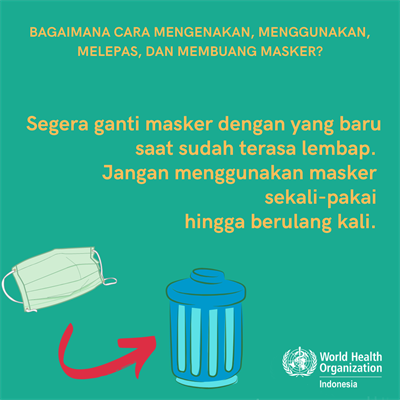
What are the materials for making masks for the coronavirus disease?. Because N95 and surgical masks. The best-performing designs were a mask constructed of two layers of high-quality heavyweight quilters cotton a two-layer mask made with thick batik fabric and a. Have non-irritating and nontoxic materials where the mask contacts the skin.
Improve Mask Fit and Filtration by Wearing Two Masks. Masks should be secured with ear loops or ties. N95 masks are also often used when painting or handling potentially toxic materials.
One layering strategy is to use a cloth mask that has multiple layers of fabric. Whatever material a face mask is made from it should fit well and cover the nose and mouth. Multi-layer cloth masks help reduce transmission of virus from an infected person They block up to 50-70 of fine droplets and particles and can slow those particles that were not captured.
Another strategy is to wear two masks. The Best Materials To Make Your Own COVID-19 Face Masks And Filters Paper towels coffee filters cloth and other materials can be used for homemade coronavirus face masks during the pandemic. The Centers for Disease Control and Prevention CDC have recently updated their guidelines on the use of face masks during the coronavirus disease 19 COVID-19 pandemic.
In the wake of the COVID-19 pandemic the US. Of airborne particles according to the CDC. Participants made masks from different materials and all masks tested showed some ability to block the microbial aerosol challenges although less than that of medical masks 11.
The company released a statement warning against using the material for homemade face masks because of insufficient airflow. Thick densely woven cottons are good materials for cloth masks. Procedural and Surgical Masks.
Their function for source control is emphasized in. Another study found that homemade cloth masks may also reduce aerosol exposure although less so. Be either disposable single use or reusable multiple use.
Centers for Disease Control and Prevention CDC recommends fabric masks for the general public. The manufacturer of Gore-Tex a lightweight microporous material commonly used for outdoor clothing received a flurry of inquiries about whether the material would effectively filter SARS-CoV-2. Have a means for keeping the mask over the nose and mouth for the expected period of use and range of activities.
But which are most effective. During the COVID-19 pandemic face masks such as surgical masks and cloth masks have been employed as a public and personal health control measure against the spread of SARS-CoV-2In both community and healthcare settings their use is intended as source control to limit transmission of the virus and personal protection to prevent infection. Cloth face coverings can be made from household items such as 2 layers of cotton fabric T-shirts bandanas or bedsheets.
Adding more layers of material to a mask layering is a good way to reduce the number of respiratory droplets containing the virus that come through the mask. Cloth or Paper Masks These masks help slow the spread of the coronavirus that causes COVID-19 and help keep people who unknowingly have the virus from transmitting it to others. Therefore masks and respirators made of materials with larger pore sizes such as cotton and synthetic fabric will not be able to effectively filter these viruses or tiny virus-laden droplets as.

Covid 19 Mask Designs To Fight Disease Archiexpo E Magazine
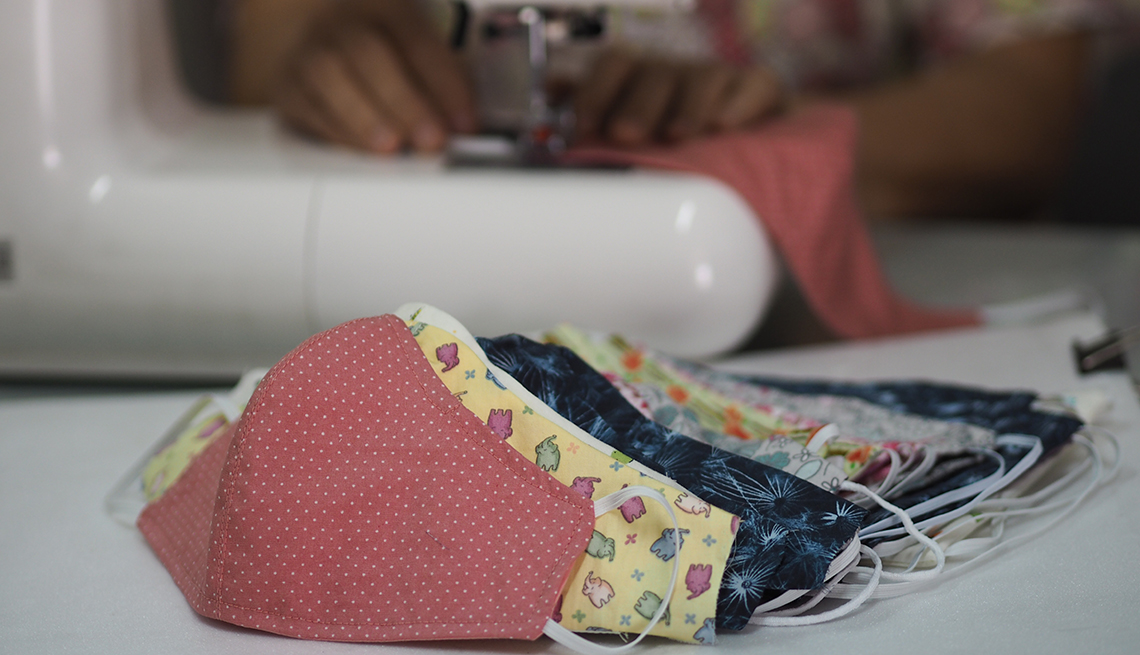
How You Can Make A Face Mask From Home

Covid 19 And Masks Tips For Families Unicef Indonesia
.jpg)
The Best Mask Material According To Scientists Nebraska Medicine Omaha Ne

Materials Free Full Text Face Masks And Respirators In The Fight Against The Covid 19 Pandemic A Review Of Current Materials Advances And Future Perspectives Html

Alternative Face Masks Made Of Common Materials For General Public Fractional Filtration Efficiency And Breathability Perspective Aerosol And Air Quality Research
View Of Effectiveness Of Manufactured Surgical Masks Respirators And Home Made Masks In Prevention Of Respiratory Infection Due To Airborne Microorganisms The Southwest Respiratory And Critical Care Chronicles
Novel Coronavirus Covid 19 What You Should Know Unicef Indonesia
Coronavirus China S Mask Making Juggernaut Cranks Into Gear Sparking Fears Of Over Reliance On World S Workshop South China Morning Post
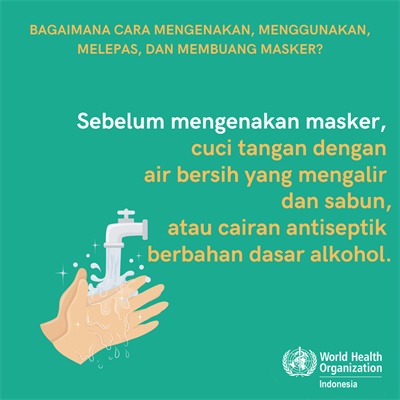
Media Statement The Role And Need Of Masks During Covid 19 Outbreak

Media Statement The Role And Need Of Masks During Covid 19 Outbreak
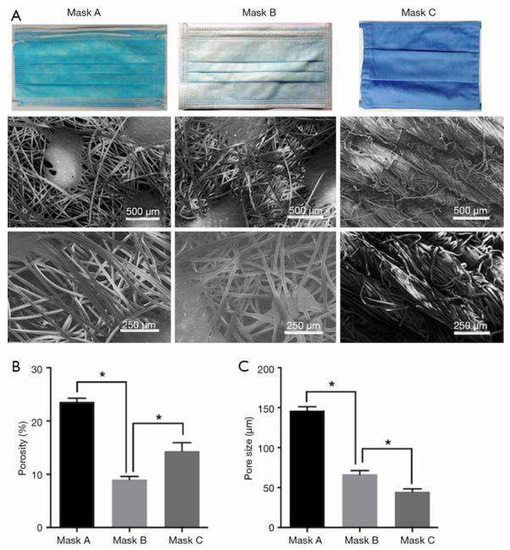
Materials Free Full Text Face Masks And Respirators In The Fight Against The Covid 19 Pandemic A Review Of Current Materials Advances And Future Perspectives Html

Covid 19 And Masks Tips For Families Unicef Indonesia

Alternative Face Masks Made Of Common Materials For General Public Fractional Filtration Efficiency And Breathability Perspective Aerosol And Air Quality Research

Media Statement The Role And Need Of Masks During Covid 19 Outbreak
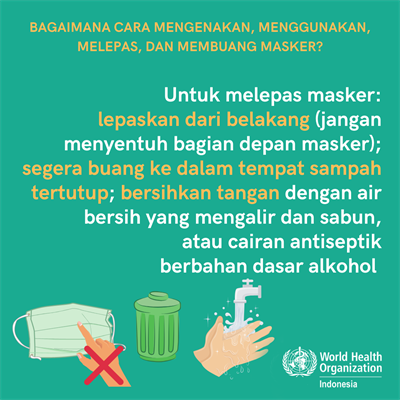
Media Statement The Role And Need Of Masks During Covid 19 Outbreak
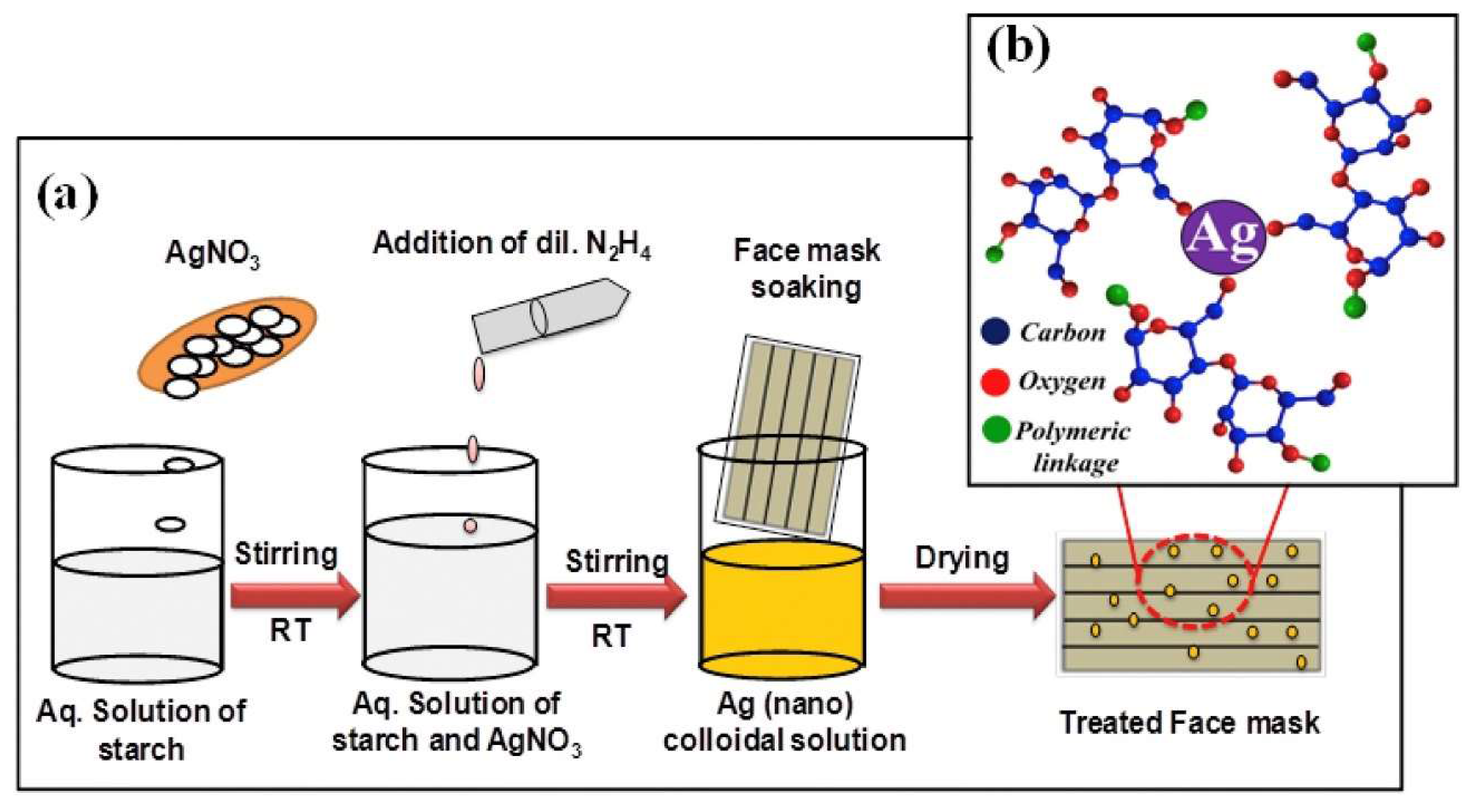
Materials Free Full Text Face Masks And Respirators In The Fight Against The Covid 19 Pandemic A Review Of Current Materials Advances And Future Perspectives Html
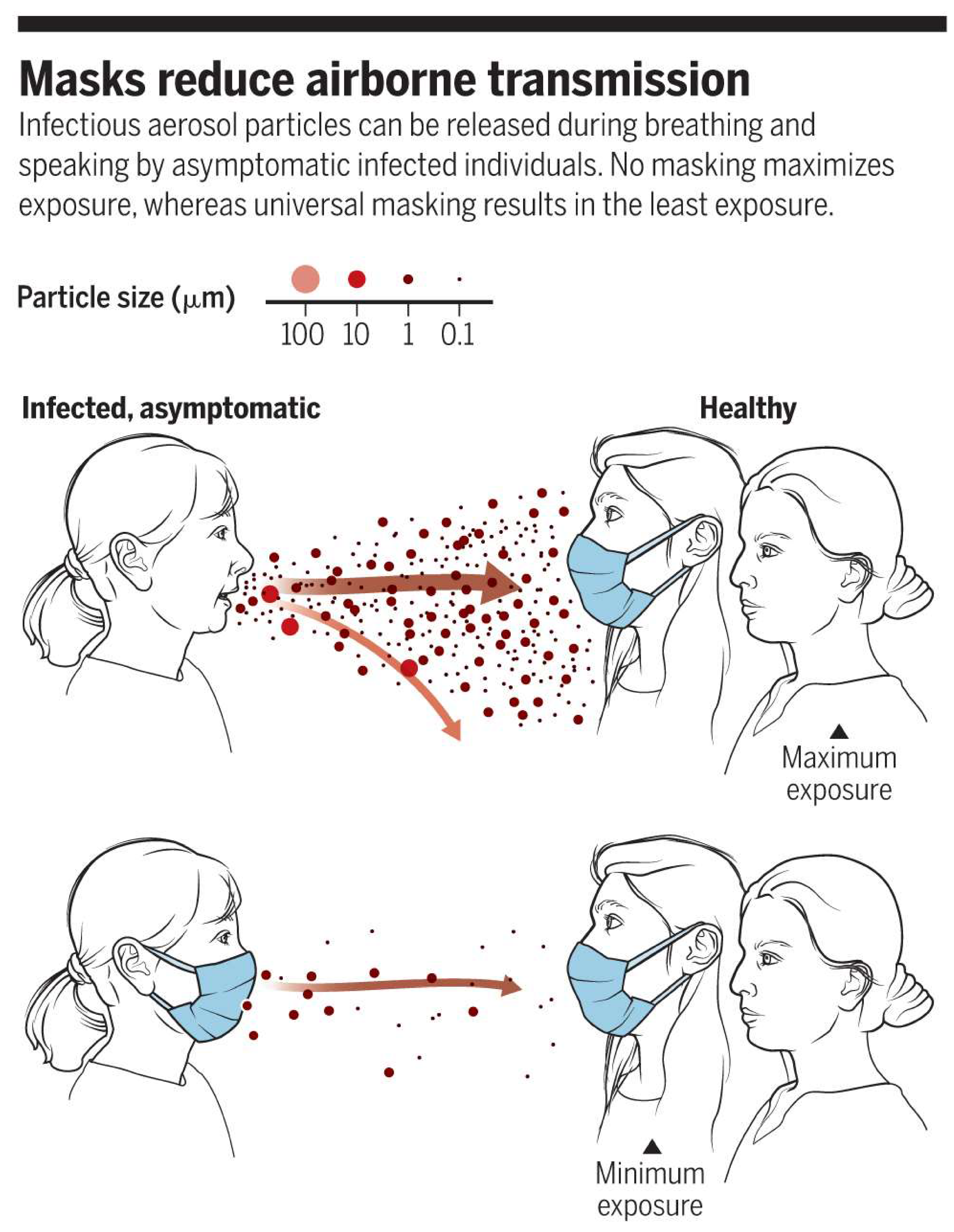
Materials Free Full Text Face Masks And Respirators In The Fight Against The Covid 19 Pandemic A Review Of Current Materials Advances And Future Perspectives Html
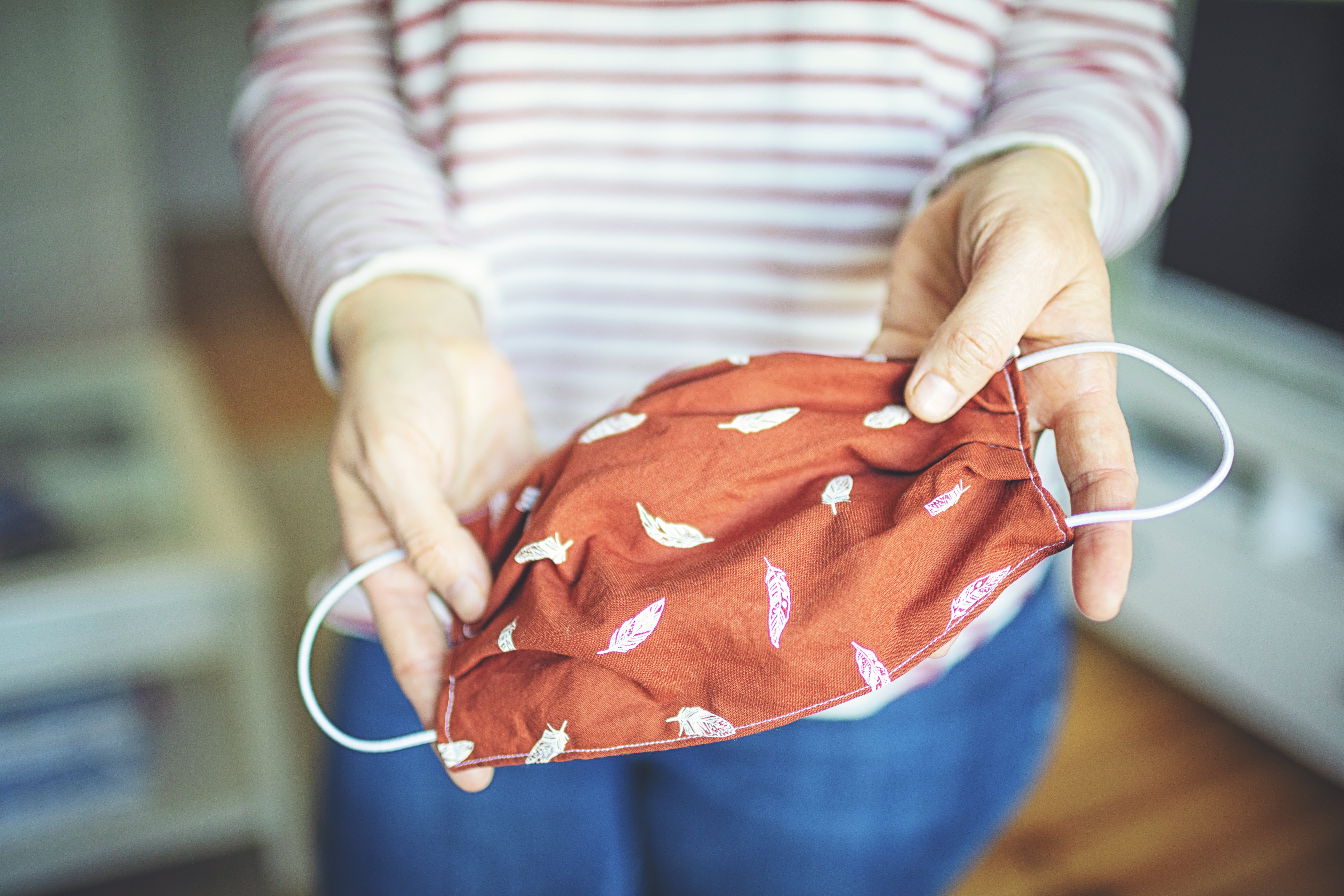
Why You Should Make Your Own Face Mask During Coronavirus And How To Do It

Comments
Post a Comment